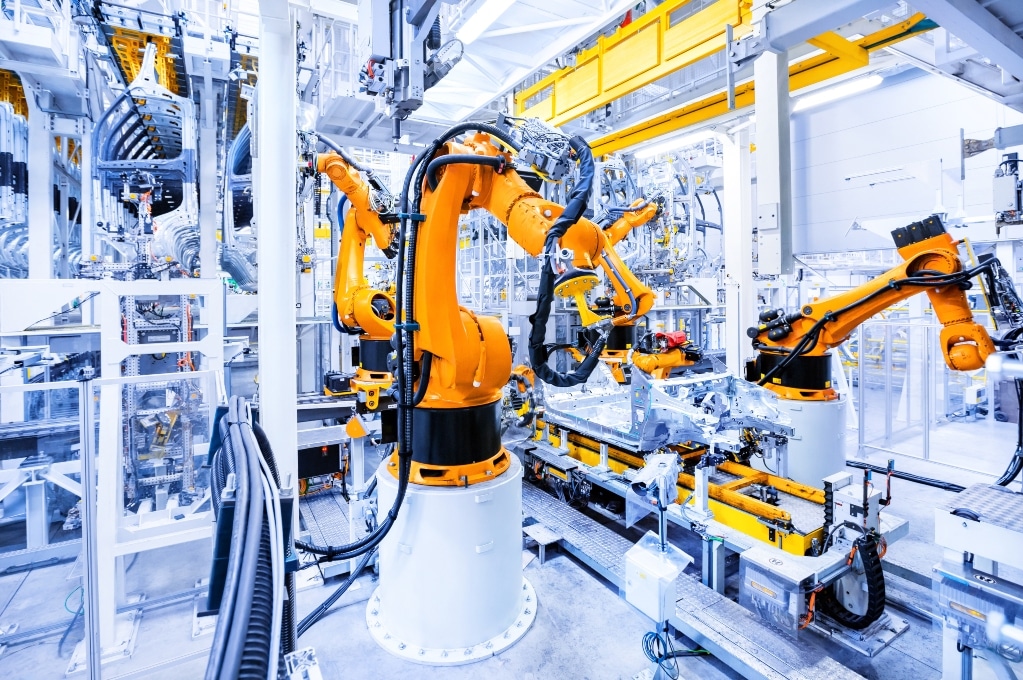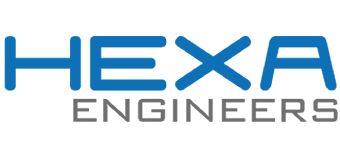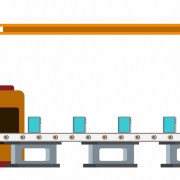New technologies can help improve worker safety in industry
Safety in the industry is one of the factors in which digitization and new technologies can be of great help to improve it. According to the International Labour Organization, about 10 workers suffer an accident every second in the world. Worrying figures that should be significantly reduced with the help of automation.
Manufacturers must do more to prevent avoidable injuries caused by falls, overexertion, or heavy machinery operations. These injuries not only affect the most obvious, such as the health and well-being of the personnel, but they also affect a reduction in productivity and increase operating costs.
Advances in Internet of Things (IoT) technology enable plant managers to understand more about personnel safety. Workers and employers can use these emerging technologies to better control their health while managing the risks in their environment.
The connected worker
Personal Protective Equipment (PPE) can be connected to factory systems via the Industrial Internet of Things (IIoT) to automate security management. Portable sensors can detect abnormal behavior of workers, such as entering a restricted area, and alert management and employee to potential hazards.
Also, for example, there are smart helmets that use augmented reality to improve safety and efficiency in industrial applications. There are some that are equipped with cameras and sensors to collect real-time information about the worker’s environment, such as valve readings, temperature, and potential hazards. The helmet user can also display safety guidelines or instructions on the helmet screen to improve accuracy when performing maintenance and reduce avoidable errors.
In addition to monitoring the environment, the sensors in the PPE can measure the worker’s blood pressure, heart rate and respiratory rate to directly monitor their health. This is especially relevant for technicians working in confined spaces.
Delegation to robots
Around a quarter of non-fatal accidents in industry are caused by lifting and handling objects. Fortunately, many lifting and handling tasks can now be delegated to robots. Robots are suitable for tasks that require repetitive physical actions because they can work 24 hours a day without tiring and can lift heavier objects than humans, without injury being a concern.
As workers and robots work more closely, manufacturers must find robots that do not require cages or light curtains. Collaborative robots or cobots are designed with worker safety in mind because they do not have sharp corners, air motors, or pinch risk points. The cobots also have sensitive force monitoring devices to ensure that the robot moves at a safe speed around workers and stops if one of them gets too close.

Safety software
Cloud-based software enables manufacturers to integrate all safety technologies into one platform that can be easily managed and optimized.
The concept of the connected worker is essential for maximum safety. Thus, more and more headsets are used that deliver automated voice instructions so that workers can have their hands free. The use of software with asset management functionalities has also been extended to ensure that all safety-focused PPEs are working properly.
Systems based on artificial vision, together with machine learning, are capable of detecting the use of PPE by workers, warning the person in charge in case said PPE is not used. In the same way, the correct use of the tools or equipment by the worker can be controlled by this pair of artificial vision and machine learning.
A wide variety of information can be entered into safety-specific software to consolidate safety management, such as IoT-enabled PPE recordings, inspection results, and safety or training records. This provides a comprehensive view of safety and compliance throughout the facility, helping managers understand the actions to take to improve safety.
Within their work responsibilities, plant managers must place special emphasis on reducing injuries to workers in their facilities. As IoT technology advances to improve productivity, they can also leverage technologies like digital PPE, robots, and cloud-based security software to keep staff safe.









